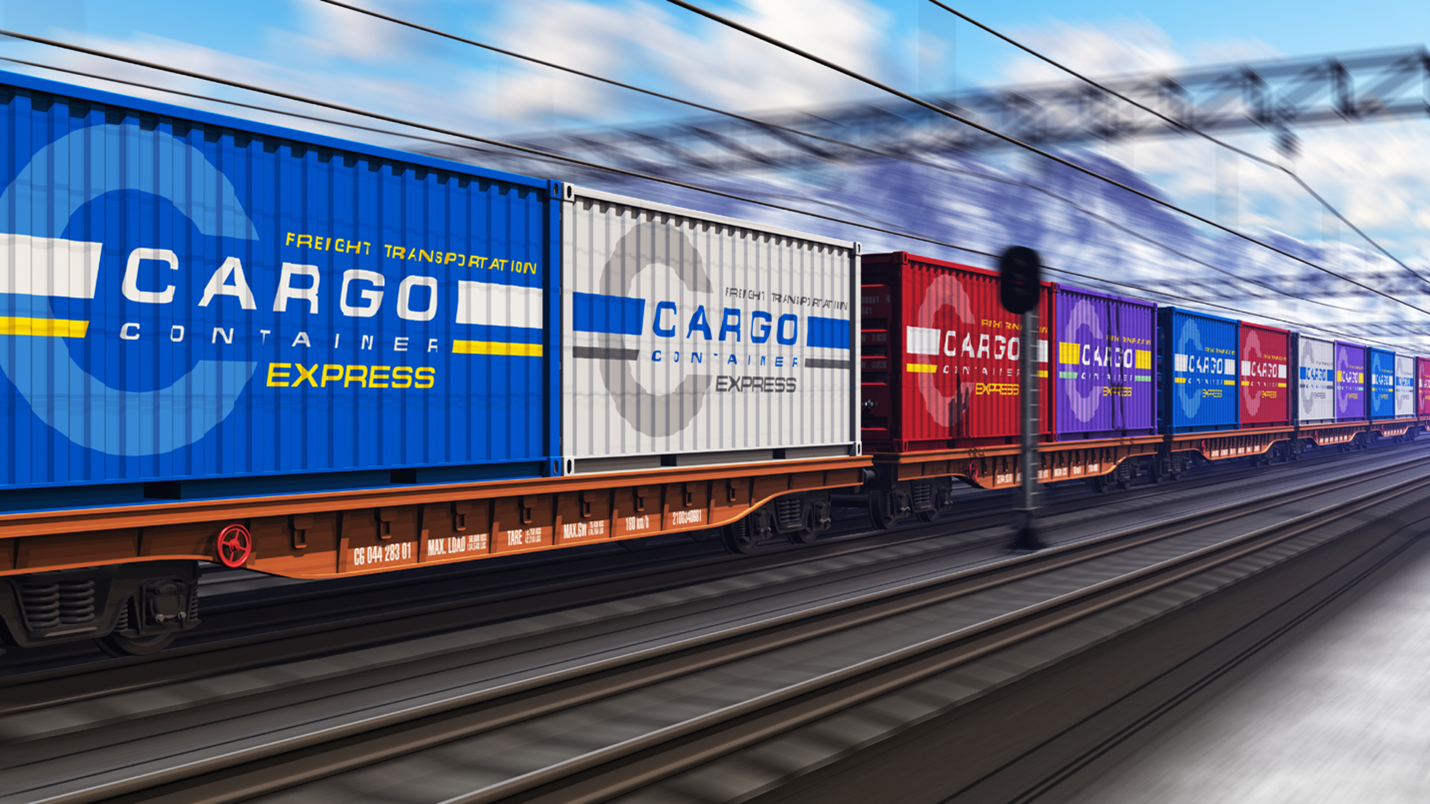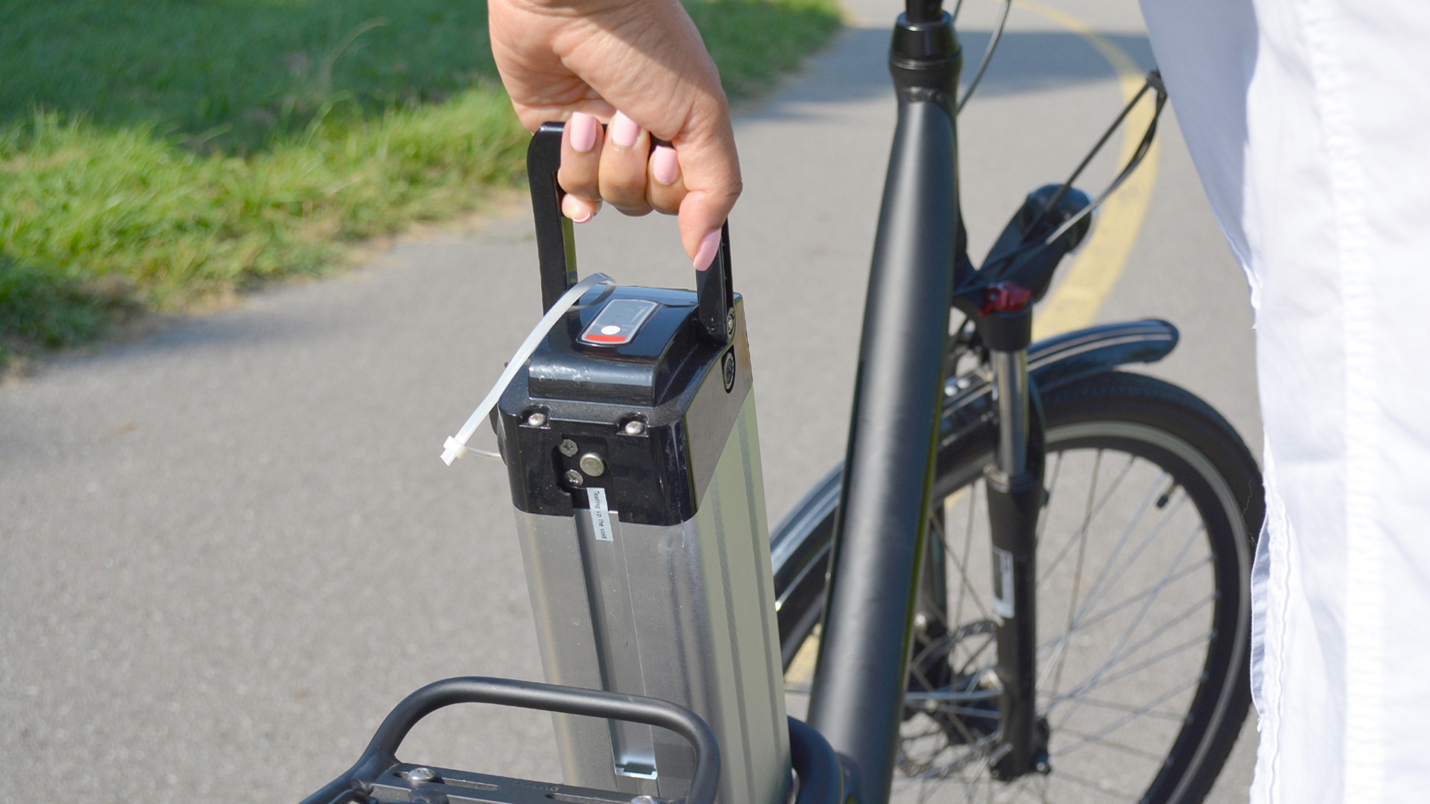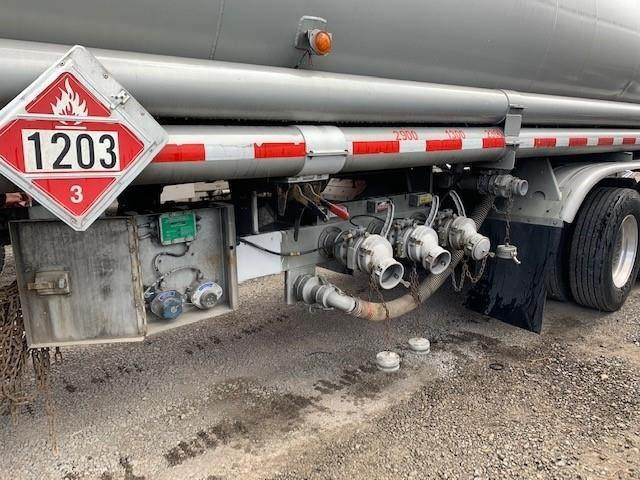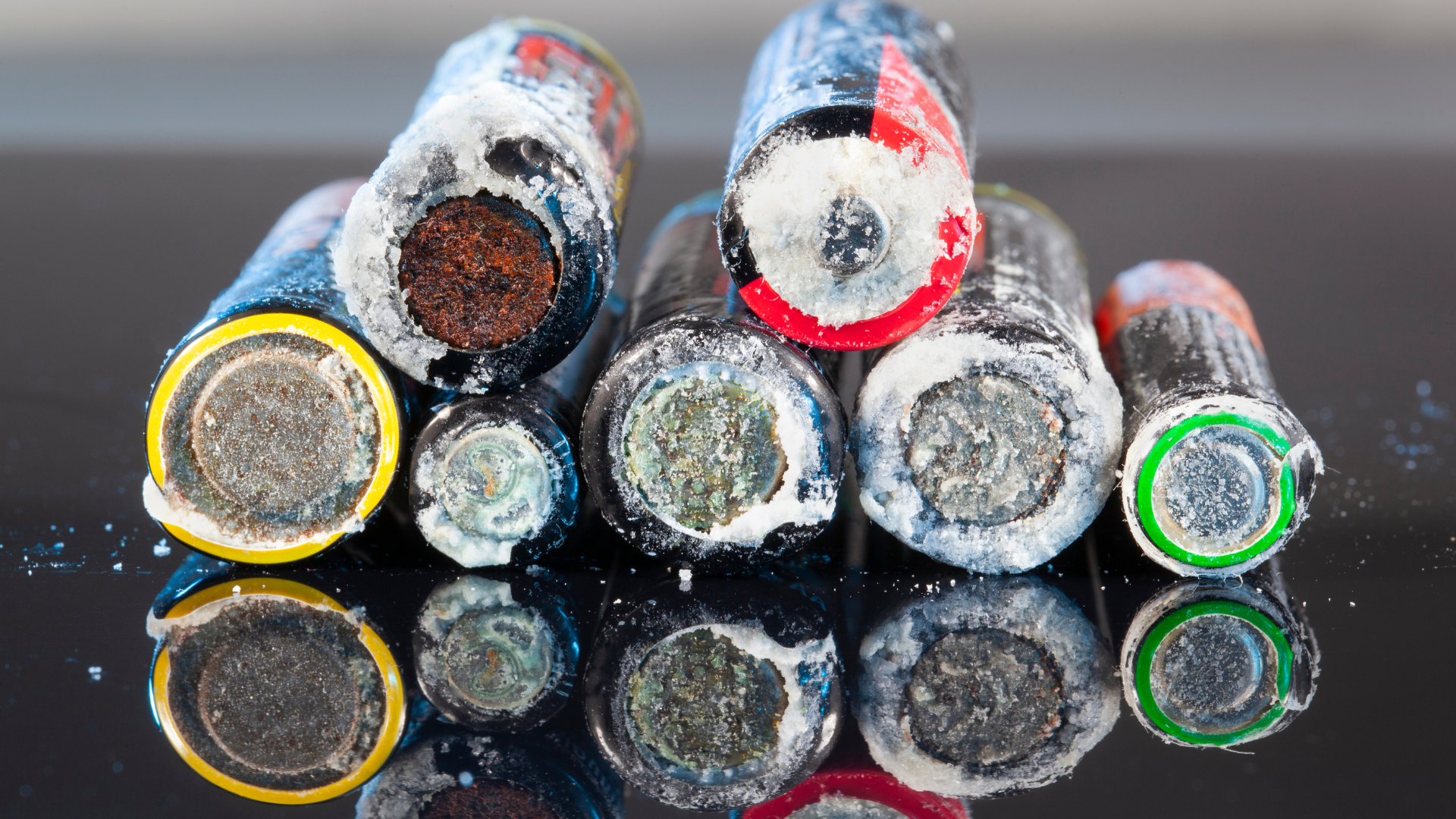Transportation of Dangerous Goods
-
CVSA Hazmat Inspection Blitz Nets 2,578 Violations
The Commercial Vehicle Safety Alliance (CVSA) conducted an Unannounced Five-Day Inspection and Enforcement Initiative and inspected 7,572 commercial motor vehicles transporting hazardous materials/dangerous goods (HM/DG) in Canada and the U.S. A total of 8,395 packages were inspected, and inspectors discovered 2,578 HM/DG violations, of which 701 were HM/DG out-of-service (OOS) violations. This year marked a substantial […]... Learn more
-

USDOT Issues New Hazmat Safety Advisory to Major Freight Railroads to Help Prevent Derailments
At Global Hazmat, our top priority is safely transporting dangerous goods. We understand the ever-evolving nature of regulations and the importance of staying informed. That’s why we are committed to keeping our customers up to date with all changes that pertain to the safe transportation of dangerous goods. With our comprehensive knowledge and expertise, you […]... Learn more
-

All You Need to Know About IATA Dangerous Goods Regulations 64th Edition Addendum II
Are you involved in shipping dangerous goods by air? If so, you’ll want to stay informed about the industry’s leading standard: the IATA Dangerous Goods Regulations (DGR) manual. Recognized as the global reference and the go-to resource for airlines, the IATA DGR is the ultimate authority for shipping hazardous materials via air transportation. With a […]... Learn more
-

What is the Cause of Battery Fires in E-Bikes and Scooters?
In recent years, e-bikes and e-scooters have gained popularity as convenient and eco-friendly modes of transportation. However, as with any technology, it’s important to understand the potential risks, particularly the risk of fires caused by lithium-ion batteries and take necessary safety precautions. In this blog, we’ll delve into the world of e-bikes and discuss their […]... Learn more
-

The Risks of Non-compliance with TDG Regulations and How to Avoid Them
Transportation of Dangerous Goods (TDG) regulations exist to protect people, property, and the environment while transporting hazardous materials. Compliance with these regulations is critical to ensure the safe handling, transportation, and delivery of dangerous goods. Non-compliance with TDG regulations can result in serious consequences, including legal, financial, and reputational damage. This blog will examine the […]... Learn more
-

The Art of TDG Logistics
Transportation of Dangerous Goods (TDG) logistics is a complex process that requires careful planning and execution to ensure the safe and timely delivery of hazardous materials. TDG logistics involves transporting dangerous goods, such as chemicals, gases, explosives, and flammable liquids, nationwide and internationally. The art of TDG logistics lies in the ability to ensure regulatory […]... Learn more
-

Eco-Friendly Transport of Dangerous Goods
Transportation of Dangerous Goods (TDG) refer to the regulations regarding the transportation of dangerous goods within Canada. Transporting these materials safely and responsibly is essential for protecting people, the environment, and property. With the increasing environmental concern, it is crucial to transport dangerous goods in an eco-friendly manner. Eco-friendly transport of dangerous goods encompasses using […]... Learn more
-

Things To Know About Transporting Dangerous Goods by Air Safely
Transporting dangerous goods by air is a necessary process that must be carried out safely and carefully to prevent accidents and protect public safety. Dangerous goods can include various materials and substances, such as explosives, chemicals, and radioactive materials. Transporting these goods by air is regulated by Transport Canada in Canada and the Federal Aviation […]... Learn more
-

Things To Know About Transferring Flammables and Corrosives Safely
When it comes to transferring flammable and corrosive materials, safety is of utmost importance. These materials can pose significant hazards if not handled properly, so being informed and prepared is essential. Below are some key things to know about transferring flammables and corrosives safely: Use Appropriate Containers Using the right container is critical when transferring […]... Learn more
-

How To Neutralize Battery Acid Safely
Battery acid, or sulfuric acid, is a highly corrosive substance that can cause serious harm if not handled properly. If you come in contact with battery acid, it’s important to neutralize it as quickly and safely as possible. Here are the steps for neutralizing battery acid: Wear Protective Gear Before handling battery acid, having the […]... Learn more
